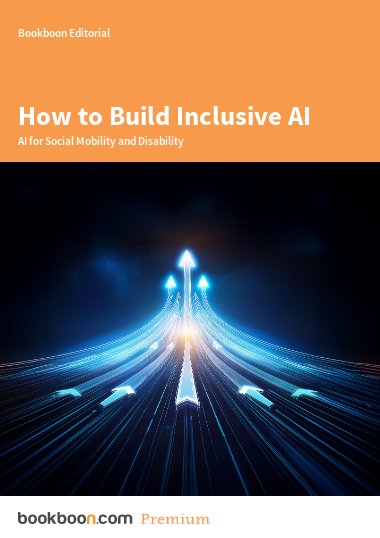AI is rapidly changing our lives and the way we work. But are these changes affecting everyone positively?
In Jamie Bykov-Brett’s virtual classroom, AI for Social Mobility and Disability, he explains the importance of technology built for all. Digital inequality relates to the use of technologies. It could mean someone’s ability to access, understand or use technology, or even stem from pre-existing social inequities that affect marginalised groups. If technology isn’t built with accessibility in mind, it can really amplify these issues.
Bykov-Brett shares the example of banking apps. As more banks move their services online, they close in-person branches. This affects people who don’t have access to a smartphone, or don’t know how to use them, such as older people. And, if the app isn’t built so everyone can use it successfully, it can significantly impact someone’s day-to-day life.
He reminds us that AI is trained on the data we give it. This means it can perpetuate societal norms and behaviours if we don’t make sure we build it from the ground up with accessibility and inclusivity in mind. However, it can be an incredible tool to help remove barriers to participation.
The mindset shift
Progress isn’t progress if the same people are always benefiting from it. Your technology should meet people where they’re at and take them to where they can be. You can do this by either supporting the people, like upskilling, or changing the technology.
To do so successfully, Bykov-Brett suggests a change of mindset from an industrial one to a digital one. An industrial mindset is a one-size-fits-all approach where you teach your AI to remember, recite, regurgitate, repeat and retain. A digital mindset celebrates difference. It focuses on critical thinking, creativity, communication, collaboration and curiosity.
Have a diverse team, including those with a disability, involved in designing and building your AI or technology to ensure it’s accessible for all. Also, ensure you include people with different lived experiences to test the product.
Remember, the most valuable resource is human potential. We all benefit from accessibility in our society, and it enables people to participate more fully. Approaching AI and technology with the mindset of how it can help us ALL participate means more innovation, collaboration and as a result, better products and even profit.
Learn more about building tools for all in Jamie Bykov-Brett’s AI for Social Mobility and Disability.


